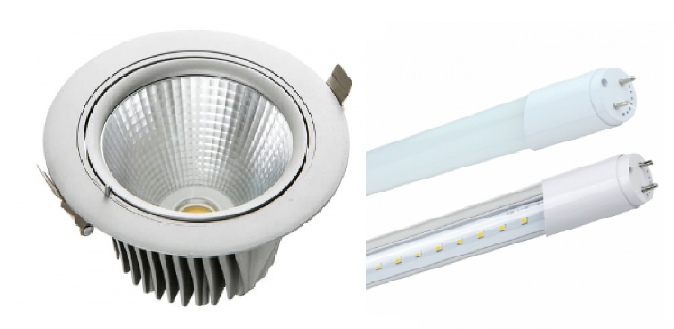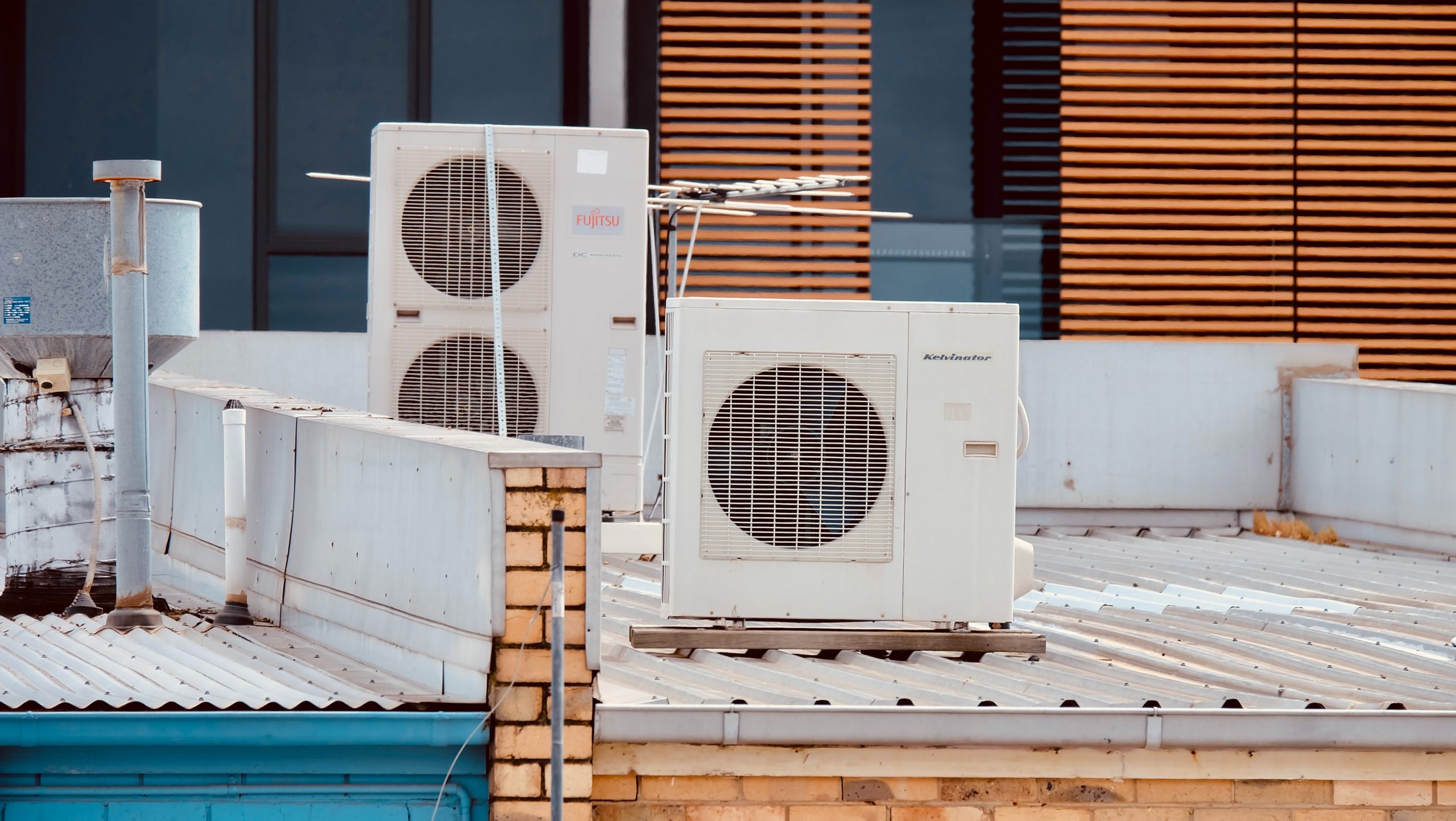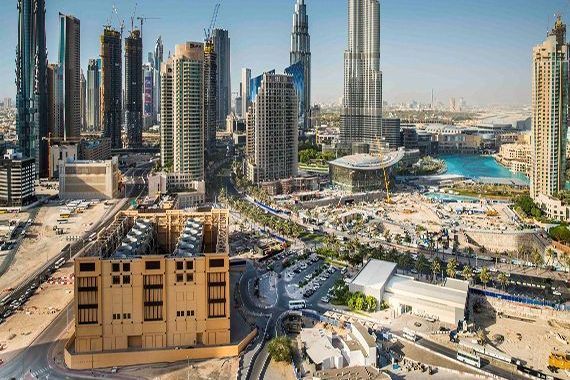Usually the facility management contract talks about how to manage the systems and equipment in the facility and how to keep them running smoothly. However, in many cases it overlooks the energy management and energy efficiency best practices. The facility owner for their benefit and for the environment benefit should include clauses in the contract talking about the required services from the facility management company for energy management and energy efficiency.
The facility management company should have knowledge and experience in energy management so they can save their clients money from the running cost of the systems and equipment in the facility and also they should be committed to preserve the environment for the coming generation. The climate change is real and energy efficiency/sustainability became essential for most of the facility owners and who denies that will be left behind.
So, what we need to include in the facility management contract for energy efficiency? We have summarized below main points that need to be included and the facility owner can modify/add to this list based on the type of the facility and its systems and equipment:
- Energy Audits: The contract shall have clause taking about periodic energy audits to the facility. Energy audit analyses the facility energy consumption and identify any anomalies or any energy saving opportunities. It also inspects the systems and evaluates their efficiencies and determines when an equipment needs to be replaced with higher efficiency type if that has a good return on investment. These energy audits can be conducted by the facility management company staff if they are qualified to do so or they can hire an energy consultant to do it for them. Click here for more details about the energy audit.
- NABERS Energy & Water Rating: NABERS rates the building in a scale from one to six stars based on its energy consumption and compared to other similar buildings. NABERS rating tells the facility owner as well as the facility management company how far is the building from the best performing buildings and whether there are opportunities to save energy and improve the building efficiency. The rating can be done by accredited assessors from the facility management company or they can hire NABERS accredited assessor to do it for them. Click here for more details about NABERS Rating.
- Schedules for Recommissioning and Maintenance: The contract should talk about scheduling recommissioning and maintenance to the facility systems and equipment to make sure they are tuned for the best efficiency.
- Energy Efficiency Action Plan: The contract should talk about preparing energy efficiency action plan to set realistic targets to implement energy conservation measures in accordance with the budget available from the facility owner.
Off course the above additional services will increase the facility management contract value but it will save the facility owner a lot of money in the running cost and in the same time, preserve the environment for the coming generations. Further, implementing energy conservation measures in the facility and NABERS energy rating for the facility increases the asset value and attracts more tenants to the facility so, it is an investment and not a waste of money.




